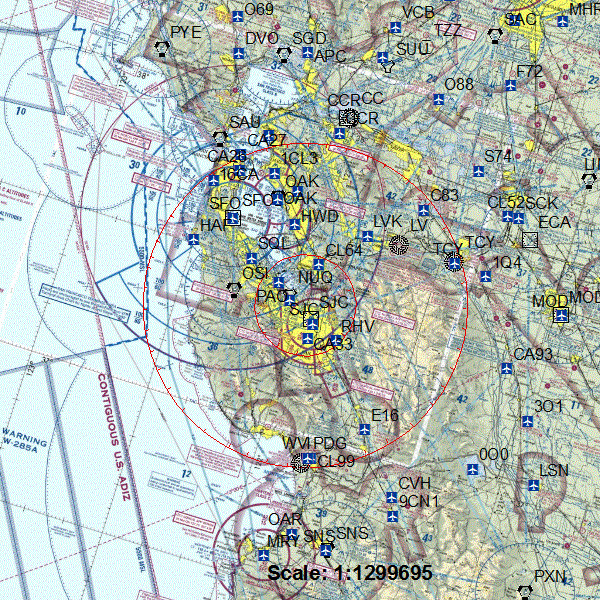Hey, drone owners! Don’t fly at the Super Bowl

Do not be trying to get aerial shots of Peyton Manning. Thanks, the FAA. (credit: Kevin Baird)
Hey, all you newly minted unmanned air vehicle enthusiasts out there (and especially those of you in the San Francisco Bay area)! The Know Before You Fly campaign has an important message for you: don’t bring (or fly) your drone to Super Bowl 50. The campaign—a joint effort of the Association for Unmanned Vehicle Systems International (AUVSI), the Academy of Model Aeronautics (AMA), and the Federal Aviation Administration (FAA)—is urging drone and model aircraft owners to respect the temporary flight restrictions (TFR) covering everywhere in a 32 nautical mile radius around Levi’s Stadium in Santa Clara, California, on February 7.
The FAA usually places restrictions on the airspace around any major event with attendance of 30,000 people or more, including sporting events and concerts. But because of its high-security profile, the Super Bowl is getting a much larger no-fly zone than usual. The Super Bowl TFR, which lasts from 2:00pm Pacific Time until midnight, covers almost all of the Bay Area, including all of San Francisco and Oakland to the north and Santa Cruz and most of the northern Monterey Bay coast to the south.

Super Bowl Sunday’s flight restriction zone (the two red concentric circles) are a no-fly zone for drones or model aircraft of any kind.
The Know Before You Fly campaign, which operates the website for registering new drones under the FAA’s recently announced regulations, is part of a broader effort by the FAA and its industry and nonprofit partners to reduce the risk of drones interfering with commercial and government aircraft or injuring people on the ground. The FAA has also launched a mobile app, called B4UFLY, to allow drone operators to check for TFRs where they are, based on geolocation data. Hint: if you live in a major urban area, you are probably in a restricted flight area, since any hospital or other facility with a helicopter pad qualifies as an “airport” for FAA purposes. The app is in Apple’s iOS App Store, and an Android version is in testing now through the Google Play Store (though Ars was unable to access the test version).